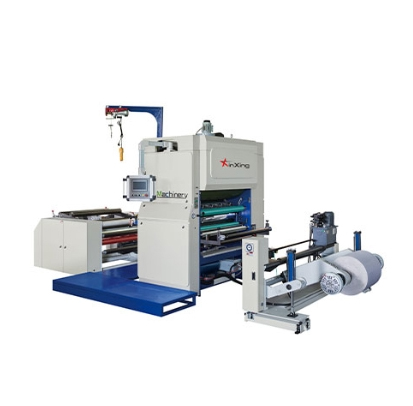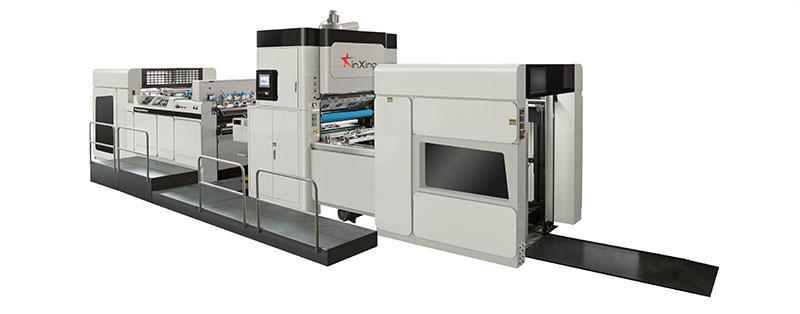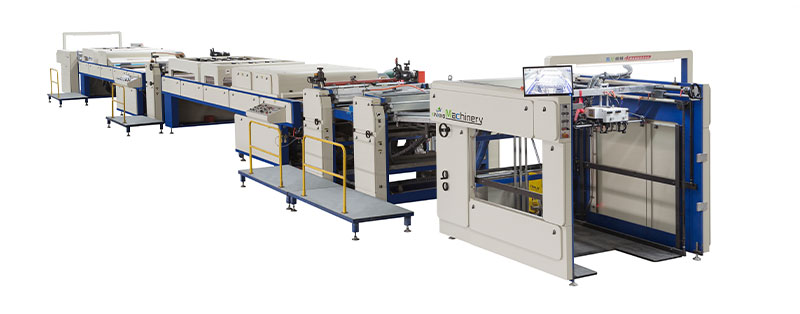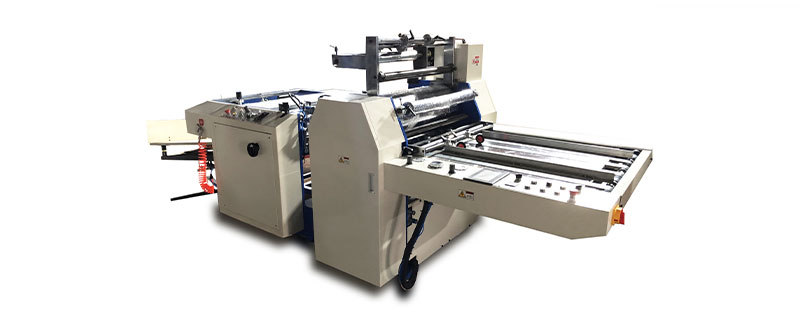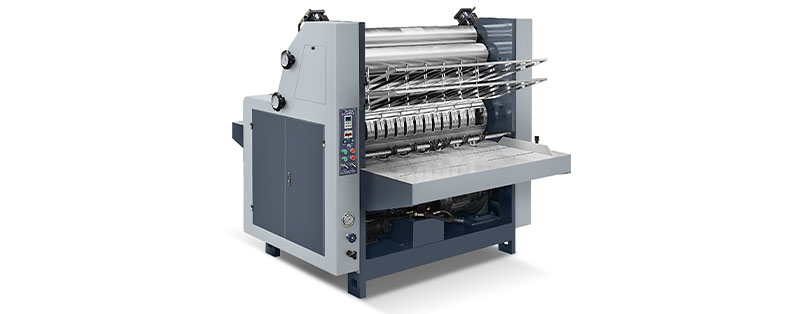Roll laminating machines are frequently used in packaging and printing industries. However, they may encounter several issues during operation. Here are the common faults and their remedies.
I. Film Deviation
(I) Fault Diagnosis
Unwinding: Uneven tension can be due to a faulty magnetic powder brake or a non - parallel unwinding roller.
Transport: Foreign objects, unevenly worn transport rollers, or misaligned guide rollers can cause deviation.
Rewinding: Unstable rewinding tension or uneven pressure on the rewinding roller leads to film deviation.
(II) Solutions
Unwinding: Check and fix the magnetic powder brake; adjust the unwinding roller's parallelism.
Transport: Clean the transport rollers, replace worn - out ones, and align the guide rollers.
Rewinding: Ensure the rewinding motor's speed control is normal and adjust the rewinding roller's pressure evenly.
II. Poor Lamination
(I) Fault Diagnosis
Temperature: Incorrect temperature during hot lamination affects film melting and bonding.
Pressure: Inadequate or excessive pressure can lead to poor adhesion or material damage.
Materials: Low - quality film with insufficient surface tension or a dirty/smooth substrate reduces adhesion.
Glue (for gluing processes): Incompatible glue, uneven or insufficient application causes lamination problems.
(II) Solutions
Temperature: Adjust the hot - lamination temperature according to the materials.
Pressure: Optimize the pressure based on material characteristics.
Materials: Select high - quality film and clean/modify the substrate surface.
Glue: Choose compatible glue, control the application amount, and check application uniformity.
III. Uneven Rewinding Tightness
(I) Fault Diagnosis
Control System: Malfunctioning sensors or a faulty controller in the tension control system.
Mechanical Components: Low - precision rewinding rollers, incorrect installation, or worn/loose transmission parts.
Film: Uneven thickness, surface defects, or high - modulus materials cause tension issues.
(II) Solutions
Control System: Check and replace faulty sensors; repair or upgrade the controller.
Mechanical Components: Repair or replace low - precision rollers, adjust installation, and maintain transmission parts.
Film: Request better - quality film from the supplier and adjust rewinding parameters.
Understanding these common faults and solutions helps operators maintain the equipment, enhance production efficiency, and ensure product quality. Regular maintenance can also prevent issues and extend the machine's lifespan.
